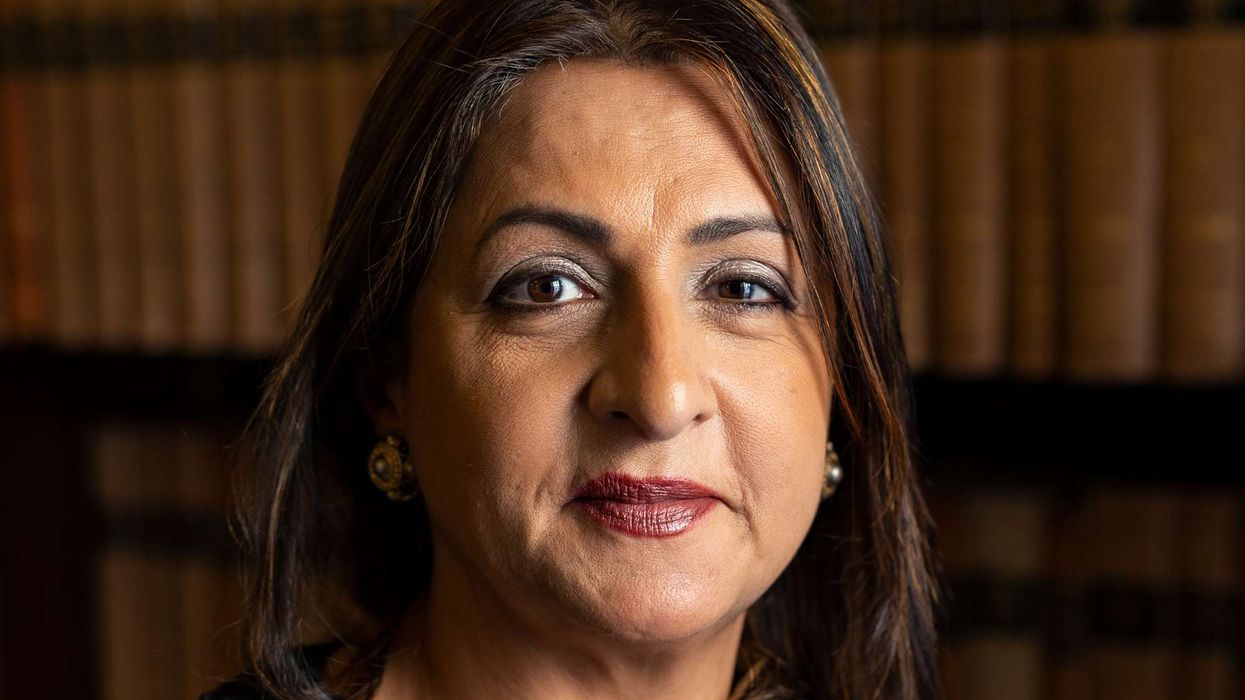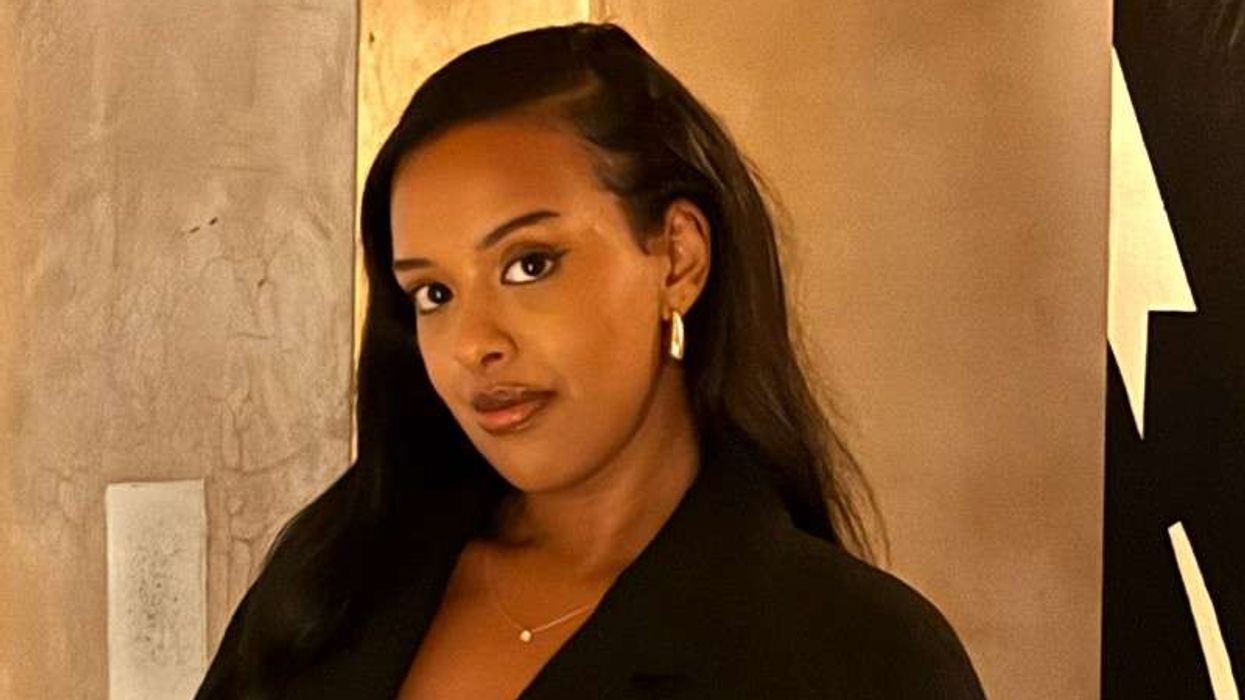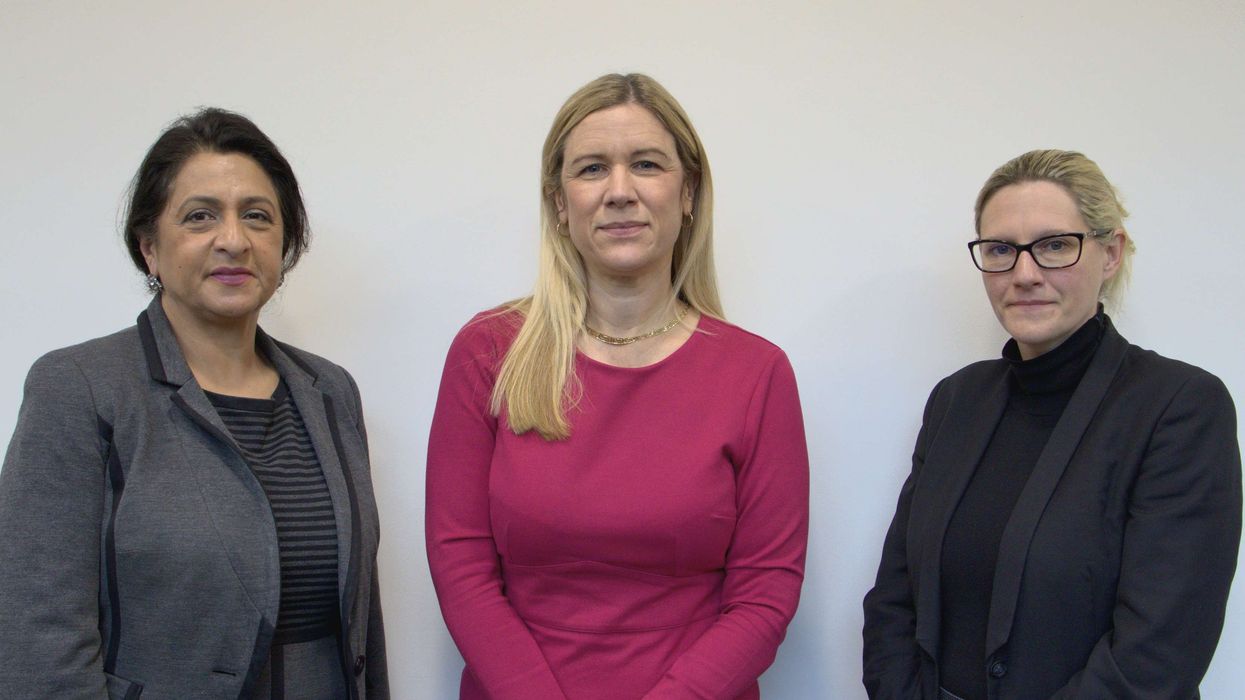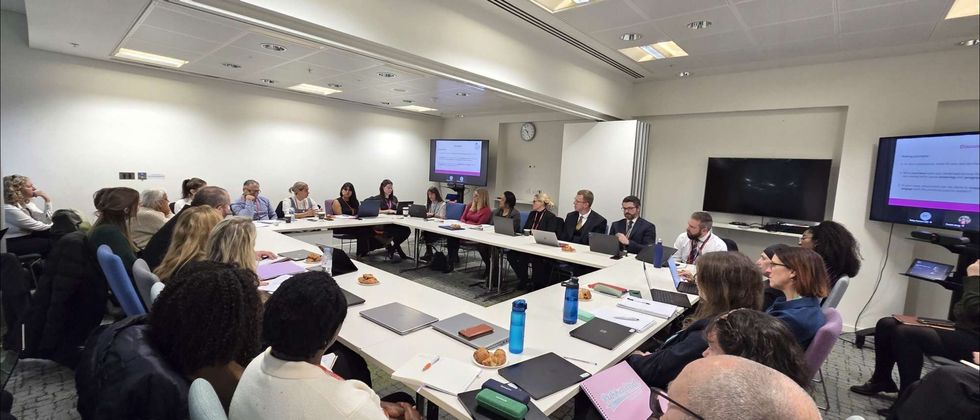By Amit Roy
BLACK and Asian history is to be taught at Roedean, one of Britain’s top public schools for girls, its headmaster, Oliver Blond, has said.
This radical step has been warmly welcomed by the Indian-origin author and human rights activist, Zerbanoo Gifford.
She was at Roedean herself from 1962-67 but regrets that she left without learning anything about her own heritage. In an interview with Eastern Eye, she described Blond as an “exceptional and very progressive headmaster”.
Blond explained: “We wanted to challenge the predominantly western European narrative and to look beyond the limitations of Britain’s ‘island story’, to discover hidden histories both nationally and internationally.
“The question was raised as to whether everyone in the Roedean community saw themselves in the history they study at school. To this end, more diverse perspectives have been incorporated within the existing programme in order to challenge preconceptions and stimulate debate.”
The headmaster added: “We hope that some of this passion to rediscover the past both at home and around the world will inspire the pupils towards a deeper love of history and equip them with a greater appreciation of diverse experiences and a desire to continue their historical journey beyond the classroom.”
Roedean said in a statement: “This year’s Black Lives Matter protests which followed the death of George Floyd in the US has prompted schools to review their syllabus. Roedean has aimed to broaden its geographical focus and offer more diverse, enquiry-led teaching to develop more independent thinking and depth of knowledge.”
From now on, pupils will be taught not only about the trans-Atlantic slave trade, but also about “Indian and Caribbean experiences in both world wars” and such pioneers as Sake Dean Mahomed, who is “credited with introducing Indian cuisine to Europe”.
They will learn about the use of the Brighton Pavilion as a hospital where the Indian wounded were cared for during the First World War.
The girls will also be taught about a historic site very close to Roedean, a school for 700 pupils occupying 118 acres on the Sussex Downs. This is the Indian-style Chattri Memorial, built in 1921 to mark the spot where funeral pyres of Hindu and Sikh soldiers burned (Muslim casualties were taken for burial to a cemetery in Woking).
Zerbanoo Irani was three when her Parsi parents brought her to England. Her forefathers, like many from the Zoroastrian faith, had fled persecution in Persia for sanctuary in India.
Roedean, established in 1885 and with the motto Honneur aulx dignes – French for “Honour the worthy” – was picked for her “because it was internationally renowned as the best school in the world for girls.
“It had the added bonus that it is isolated, on top of the hill near Brighton, designed like Colditz from where you could not escape,” she joked. “The sea air was bracing.
“My parents were keen on single-sex schools and admired the feminist ethos that girls should be independent and do everything they aspired to.”
She said: “History was my passion, but I knew nothing about Indian history. I knew nothing about Dadabhai Naoroji.”
Only later when she stood successfully for a council seat in Harrow as a Liberal in 1982 did she realise that Naoroji and two other Parsis – Mancherjee Bhownaggree and Shapurji Saklatvala – had been the first Asian MPs in the Commons.
Nor did she know anything about Noor Inayat Khan, who served in the Special Operations Executive during the Second World War and was executed by the Nazis.
She said: “We learnt English history, the First World War and about Napoleon.”
Gifford has fond memories of her history teachers. “One was Miss Weaver – she was an absolutely extraordinary woman, very, very strict. We were totally disciplined by her. But it was Tudor history.
“We didn’t know that there were blacks who were trumpeters in Henry VIII’s entourage. We certainly didn’t know that Queen Victoria had a goddaughter who was black.”
She doesn’t think her teachers “knew about them either”.
Gifford added: “What I felt about Roedean education was that it taught you to be adventurous and open minded, and gave you the ability to do the research myself. So there must have been a spark lit in me.”
She remembered: “I was one of the very few foreigners, a rare breed. And now, Roedean is totally multicultural.”
Having discovered her history, Gifford has written several books, including a biography of Naoroji and The Golden Thread: Asian Experiences of Post-Raj Britain. She argues that it is important for impressionable young people to “understand the influence Britain has had for good and bad – and there is good.”
Gifford, who has been a director of Anti- Slavery International, is also the author of Thomas Clarkson and the Campaign against Slavery.
“Thomas Clarkson was, for me, one of the greatest Englishmen that ever lived,” she said. “What he did was work to end one of the most barbaric institutions that helped to build the wealth of Britain – the monstrous trans-Atlantic slave trade. Slavery is now is a huge issue – Black Lives Matter.
“I think schools have to take this into their curriculum. The world has changed since I was at Roedean more than 50 years ago. The world moved on – and schools must move on. It isn’t about reclaiming our BAME history, but our shared history.”
Gifford, who now runs the Asha Centre in Gloucestershire to provide “transformative, holistic education” for young people, is married to the eminent solicitor, Richard Gifford, who has waged a long battle on behalf of the original residents of the Chagos Islands in the Indian Ocean. They were forcibly removed by the UK government in 1971 to enable construction of the US Air Force base at Diego Garcia.
Gifford believes a broader history education can help to reduce racial tensions.
She recalls one particular racist telephone call which “always sticks in my mind” when she stood in the 1982 council election: “He was highly educated; I could tell from his voice. He was absolutely insistent that I ‘didn’t fight in the war’. He was abusing me and telling me to go home and do politics in my own country.
“I said, ‘Look, I was born in 1950, but my uncle fought in the war.’ And then I told him about the contribution Asians had made to the war effort. No other country in the world had done as much for another country. And about how Noor Inayat Khan had died fighting fascism. We talked for about two hours on the phone.
“He said to me, ‘I wasn’t taught this at school. I thought you were all spongers.’
“And I said, ‘Your curriculum let you down,’ and he understood that. And he said, ‘I’m sorry.’ So he apologised to me. The curriculum had let everybody down.”





 Nasima Abukar
Nasima Abukar Narwal, Ellie Reeves MP and Emma James
Narwal, Ellie Reeves MP and Emma James The first national honour-based abuse scrutiny panel held last Tuesday (9)
The first national honour-based abuse scrutiny panel held last Tuesday (9)





